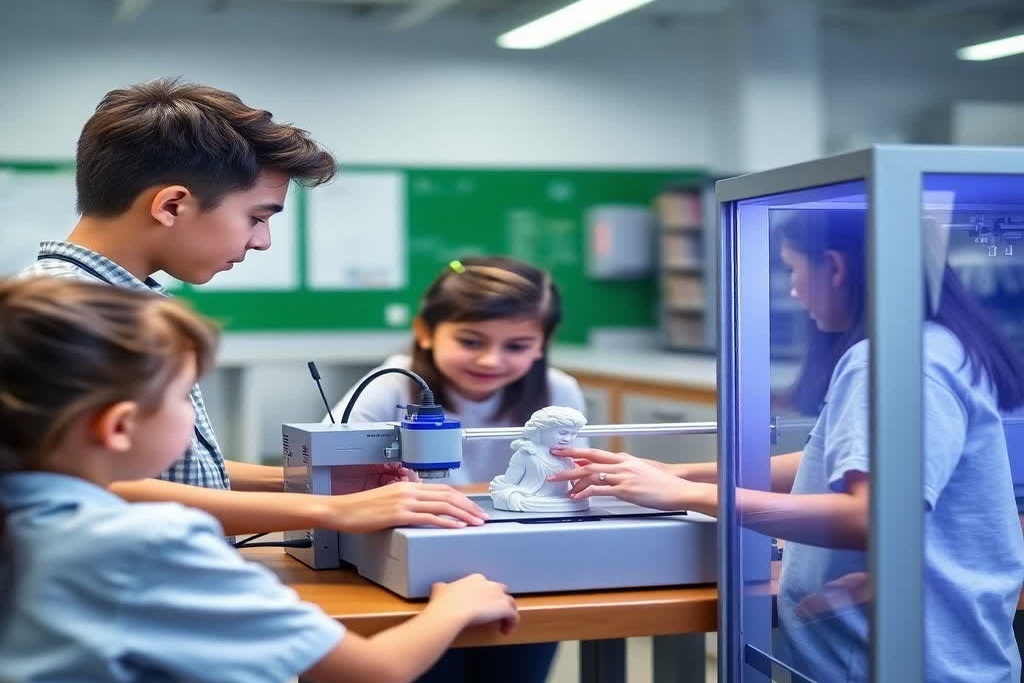
- +91 8055996347
- info@3dreality.in
- Chapru nagar square, CA road, Nagpur, Maharashtra-440008

In today’s rapidly advancing technological world, 3D printing in education is not just a trend—it is a revolution. From elementary classrooms to university labs, 3D printing is reshaping how students learn, create, and innovate. This hands-on technology allows learners to transform abstract concepts into tangible objects, making education more interactive, immersive, and future-ready.
3D printing, also known as additive manufacturing, is the process of creating three-dimensional objects from a digital file by layering materials such as plastic or resin. In education, this technology is used to:
It bridges the gap between theory and practice, helping students not just learn, but experience knowledge.
Instead of reading from textbooks, students can design and build physical models. This tactile learning method:
With 3D printers, students become inventors. They can create their own product designs, prototypes, or even artistic sculptures—developing a mindset of innovation from an early age.
Learning to use CAD (Computer-Aided Design) software, understanding design principles, and solving technical challenges gives students industry-relevant skills for careers in:
3D printing makes learning more accessible for students with disabilities. For example:
STEM Subjects (Science, Technology, Engineering, Math)
Geography and History
Art and Design
Stanford University
Stanford University uses 3D printing to allow medical students to create accurate human anatomy models and medical devices, enhancing their understanding and improving surgical planning.
Indian High Schools
Progressive institutions in cities like Bangalore and Pune are integrating 3D printing into STEM labs, offering students a head start in design thinking.
MIT’s Fab Lab
An open-access digital fabrication lab where students build robots, devices, and experimental tools using 3D printers and other tech tools.
To keep readers (and students) excited, here are intriguing project ideas that schools can implement:
While the benefits are vast, schools may face:
Solutions:
As 3D printing becomes more affordable and widespread, it will become a standard educational tool—much like computers or tablets. We envision:
3D printing is not just a tool—it’s a mindset. A mindset of creation, exploration, and problem-solving. By integrating 3D printing into classrooms, we aren’t just improving education—we’re shaping tomorrow’s engineers, scientists, and entrepreneurs. The innovators of the future are being formed in today’s 3D-enabled classrooms.
Click here to visit our website for more detailed information and resources.